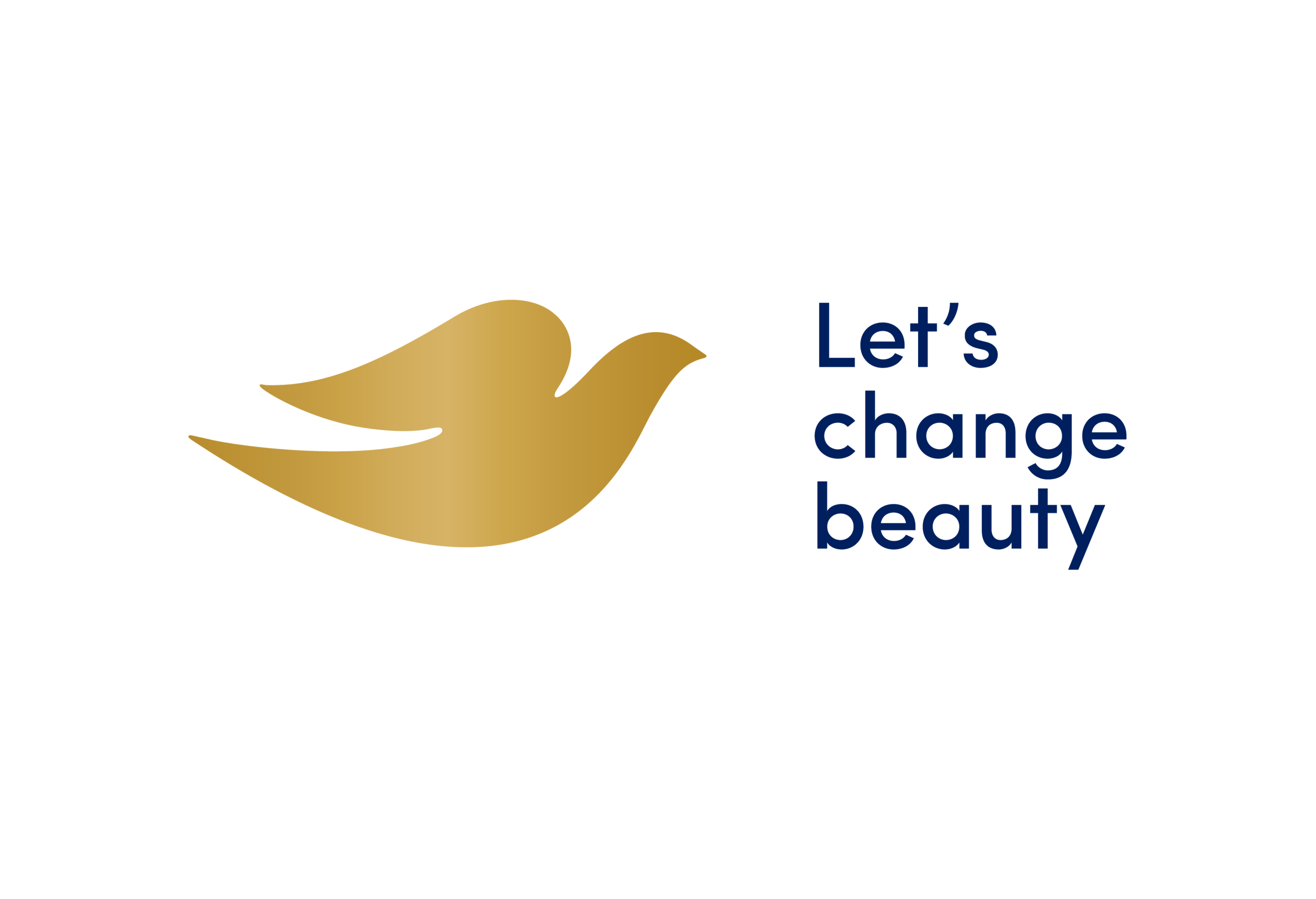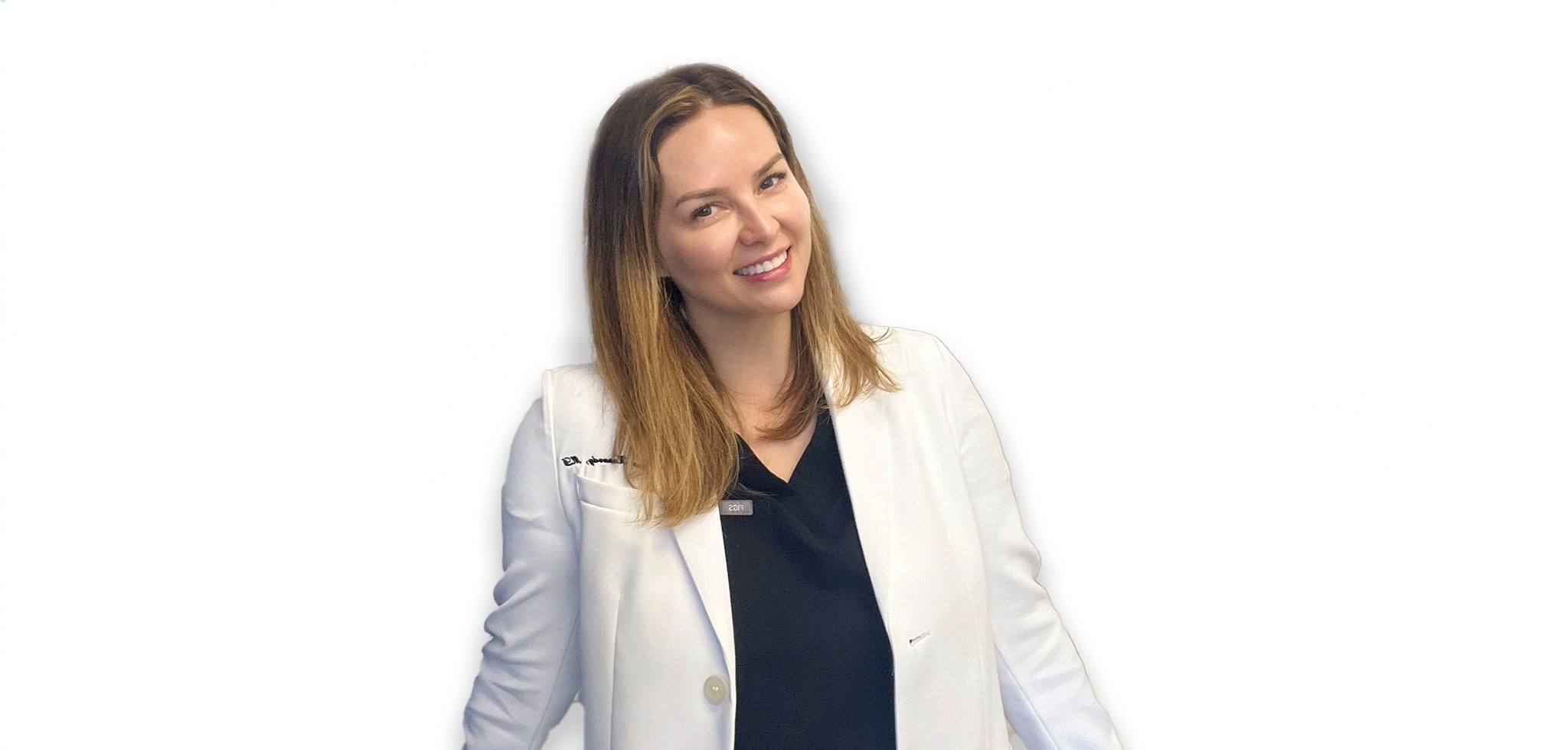Learn about the differences between normal hair shedding and hair loss and discover how to stop it.
What’s The Difference Between Hair Shedding and Hair Loss?
It’s important to know the difference between these in order to assess when there may be a more serious hair loss issue.
Shedding is a natural part of the hair growth cycle. On average, individuals lose 50-100 hairs per day. During the hair growth cycle, hairs enter a resting phase, called telogen stage. At the end of this 3–4-month phase, some of your hair falls out. In a normal scalp, hairs are in different stages of the hair growth cycle at different times. So, when you lose some hair, other hair is growing or dormant. In a normal healthy person’s scalp, about 85% of the hair follicles are actively growing and about 15% are considered resting.
While hair shedding is normal, excessive shedding can be concerning. A stressful event or shock to your system can cause telogen effluvium, a condition of temporary hair loss that results in excessive shedding of resting (telogen) hair.
Hair loss, or alopecia, is more persistent and potentially concerning. It can be caused by a variety of factors, including hormonal imbalances, medical conditions, genetics, and medications. There are different types of hair loss, including androgenetic alopecia (male and female pattern baldness), scarring alopecia (permanent hair loss due to scarring of hair follicles), traction alopecia (consistent styles pulling at hair roots), and alopecia areata (an autoimmune disorder). Proper diagnosis is essential for guiding treatment. For example, identifying, diagnosing, and treating a scarring alopecia early can stop the hair follicles from scarring, allowing for the possibility of hair regrowth.
Understanding the distinctions between hair shedding and hair loss is crucial for implementing appropriate measures. While shedding is a natural phase in the hair growth cycle, persistent or excessive loss may indicate an underlying issue that requires attention. If you suspect significant hair loss, consult a dermatologist for a thorough examination.
How Can You Stop It?
My recommendations for managing hair loss include following a healthy lifestyle, including a balanced diet, regular exercise, and sufficient sleep. Practicing gentle hair care practices, like avoiding excessive heat styling, tight hairstyles, and harsh chemicals.
Whether you’re experiencing hair loss or hair shedding, it’s important to minimize stress and promote a healthy scalp for thicker fuller hair. We often focus on our strands but forget the care for scalp to nourish them. Moisturize scalp and care for your hair with the Dove Scalp + Hair Therapy Density Boost collection for expert scalp care. This new Dove scalp and hair range is developed with dermatologists and 65 years of skin care expertise. The range, infused with Niacinamide, Vitamin E, Zinc & Peptides, balances and revitalizes the scalp, creating the perfect foundation for beautifully growing hair to thrive. The range includes options for both oily and dry hair types. With Dove Scalp + Hair Therapy, first you exfoliate, with a scalp scrub to pre-cleanse and detox your scalp. This is followed with the scalp cleansing step using a Dove Scalp + Hair Therapy shampoo. Next, you condition to strengthen hair & help with detangling and reducing breakage. For the final step, you densify, with the Fullness Restore Scalp Serum & Root Lift Thickening Spray. Care for your hair from your scalp to the tips, all while enjoying this luxurious regimen.
Sources:
Asghar F, Shamim N, Farooque U, Sheikh H, Aqeel R. Telogen Effluvium: A Review of the Literature. Cureus. 2020 May 27;12(5):e8320. doi: 10.7759/cureus.8320. PMID: 32607303; PMCID: PMC7320655.
Alessandrini A, Bruni F, Piraccini BM, Starace M. Common causes of hair loss - clinical manifestations, trichoscopy and therapy. J Eur Acad Dermatol Venereol. 2021 Mar;35(3):629-640. doi: 10.1111/jdv.17079. Epub 2021 Jan 8. PMID: 33290611.







